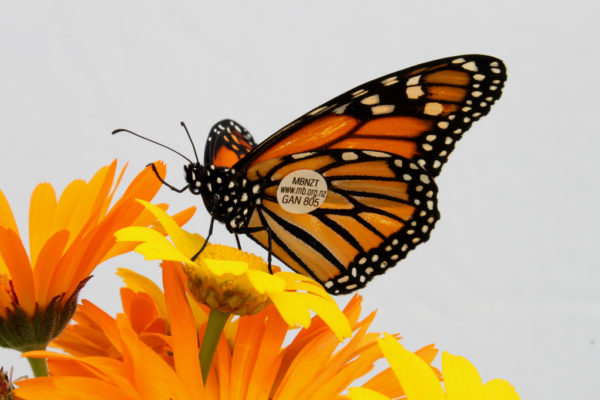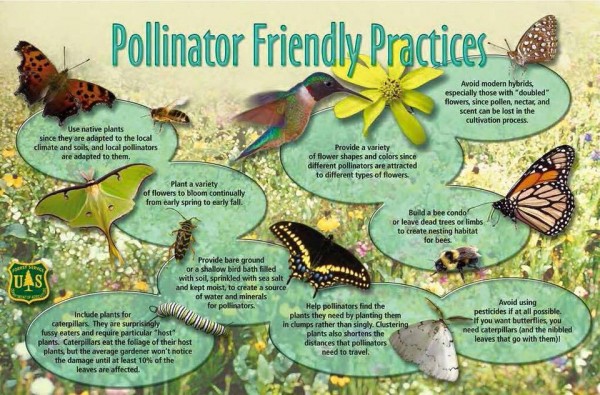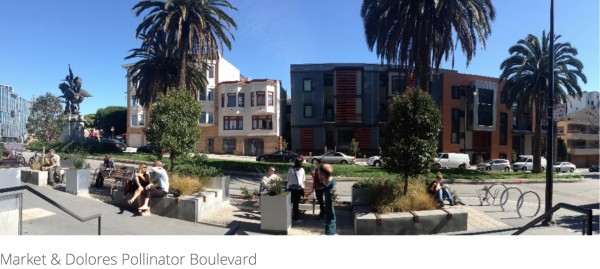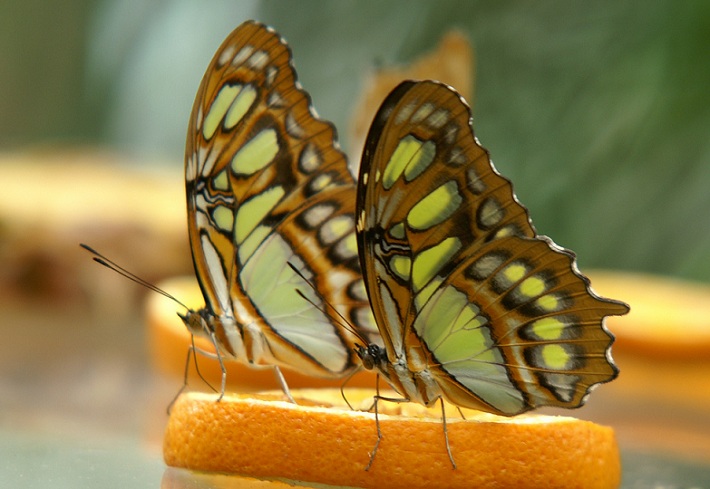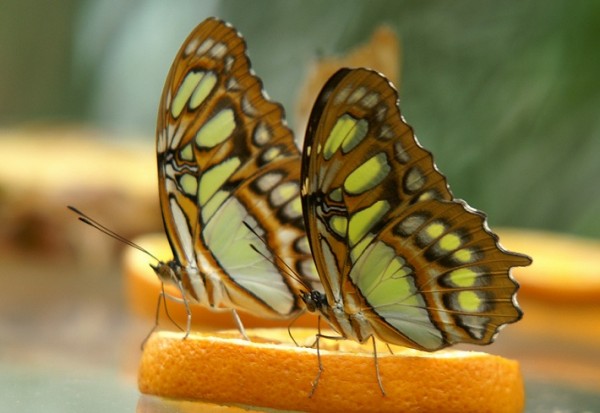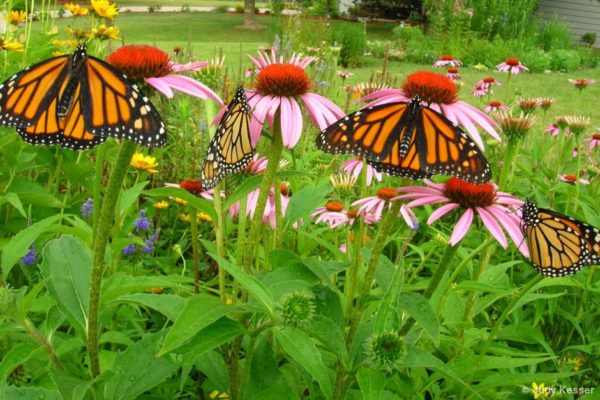
…There is still much more for us to do, especially in our own backyards.
This spring dig under some of that useless lawn, remove some non-natives and put aside some room in your flower beds for some milkweed and native wildflower nectar sources. Many local garden centers now carry multiple species of milkweed which will work in the backyard. Some better garden centers are now even setting aside spaces for native wildflowers like Milkweeds Goldenrod, Joe-pye weed and NY Ironweed to name a few.
Unlike many environmental issues which at times can seem overwhelming, this is an issue we can do something about. We don’t need to write to our Congressman or the Governor and hope that something gets done. Just plant some milkweed and other native wildflowers that provide nectar and you’ve just made our environment a better place.
Together we can turn our local communities into environments that are welcoming to the Monarch butterfly and that will give a fighting chance to a creature that can sure use our help.
If you have any questions on milkweed or other native plants feel free to contact me at Greatauk4@gmail.com
